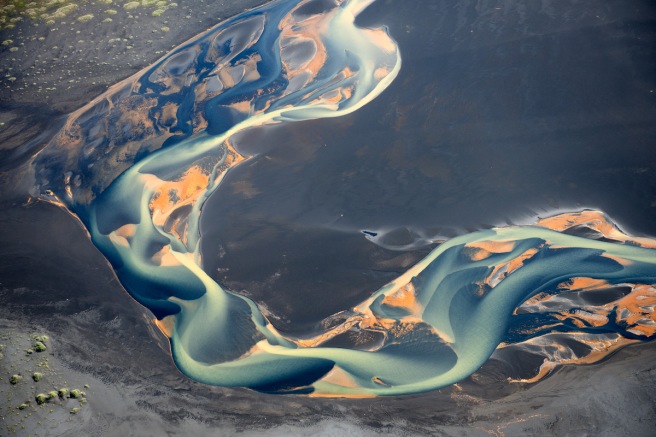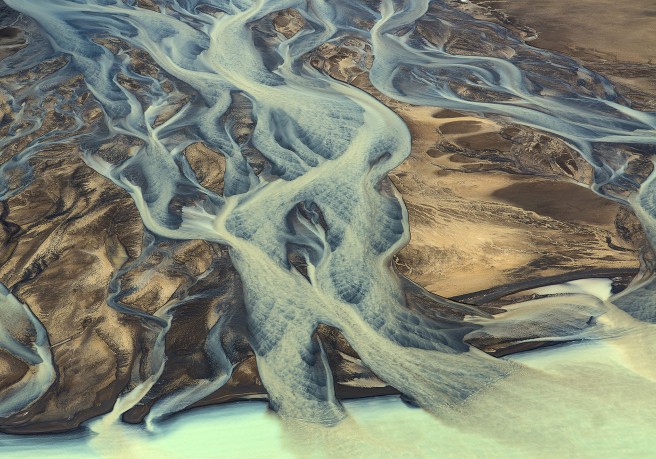 On the plane ride from Boston to Zurich I met a girl named Desiree who was flying home to Bern. She had been visiting her boyfriend (a Mexican-American serving in the US Air Force). She missed him already, and I told her I missed my guy, too, even though we had only been apart for a few hours.
On the plane ride from Boston to Zurich I met a girl named Desiree who was flying home to Bern. She had been visiting her boyfriend (a Mexican-American serving in the US Air Force). She missed him already, and I told her I missed my guy, too, even though we had only been apart for a few hours.
When we got off the plane, she helped me find the shuttle train, those quiet and sleek trains that seem to have been installed in every major airport. I was asking her about Switzerland—do you like living in Bern? what is the best thing to eat while I’m here? what’s cool about Zurich?—and when we got on the train, she pointed up with one finger. Her eyes were the kind of pristine china blue that inspires men to write longwinded rock ballads. “Listen,” she told me. “They play cows and the sound of birds and that big instrument that you blow? That big one that is shaped like a…” here she used her hands to draw a large swoop in the air. “That’s Switzerland,” she said as the sound of mooing started playing over the intercom. She laughed.
Earlier in our conversation, I asked her what she liked about America. She said a lot of things, but my favorite was this: She said it was just like the movies. She wanted to go to a house party, having seen so many on screen. “Those red plastic cups!” she exclaimed. “Solo cups,” I provided. “I love them, too.” I asked if she got to play beer pong, and she said yes, and even though this sounds silly—your country has cows, mine has house parties and drunk college students—it made me feel infinitely better about America. We’re the country of flip cup and Hollywood and boyfriends in the Air Force and lots and lots of land.
I’m in a Holiday Inn in Zurich now. It’s a 24-hour layover before I fly to Oslo. I can’t sleep, because my body hasn’t figured out which knob to pull to reset and rewind its inner watch. I spend the day wandering around the city. I spent hours in an art museum (more on that another time) before walking aimlessly around the streets until my feet hurt from the cobblestones and my mind felt foggy. It’s a Sunday, so all the shops are closed, but it was 50-something degrees out and it seemed like the entire population had come out to celebrate. I walked across bridges, back and forth crossing one side to the next, like I was lacing up a shoe. On each bridge, I stopped to look south, out to Lake Zurich, out to the Alps. I’m always looking toward mountains.
Tomorrow I fly to Oslo. From there, I go further north. It’s as though I harbor a compass inside my ribcage, an iron needle that hums and worries when it’s being ignored. Ever since I was a little girl, I have always fantasized about the far north, the arctic, the cold, the clear truth of ice.
I’ll be there soon. Zurich was lovely, and I miss America already, but I’m excited for Finnmark. I hope to write more on this blog while I’m there, so whoever is reading this… I’ll see you again soon.
Images by Swiss painter Ferdinand Hodler, who may just be my new favorite artist. He believed in something called “parallelism,” a system of symmetry and rhythm that connected people to the landscape and created world harmony. (I think? I’m not sure I fully understand.) His work reminds me of the Viennese Secessionists (my fave) and I spent a very long time in a room with his paintings today, just staring. Today was a good day.
 I’ve been thinking a lot about bats lately, which is due in part to working at
I’ve been thinking a lot about bats lately, which is due in part to working at  I was so taken by the bats that I went back the next evening, and again the next. The sight soothed me with its strangeness, its utter unfamiliarity. I felt better, watching those bats. Less lonely somehow.
I was so taken by the bats that I went back the next evening, and again the next. The sight soothed me with its strangeness, its utter unfamiliarity. I felt better, watching those bats. Less lonely somehow.

 One of my many 2016 goals is to get in touch with my wild side. I don’t mean my party-girl-stay-up-all-night self (no, I know that bitch well enough already, thanks) but my moss-sniffing, leaf-eating, earth-worshipping wild side. The side of me that revels in storms and licks the rainwater off my face. The side that dreams of bears and sleeps under the stars.
One of my many 2016 goals is to get in touch with my wild side. I don’t mean my party-girl-stay-up-all-night self (no, I know that bitch well enough already, thanks) but my moss-sniffing, leaf-eating, earth-worshipping wild side. The side of me that revels in storms and licks the rainwater off my face. The side that dreams of bears and sleeps under the stars.
 There’s nothing wild about looking at pictures on your computer screen, but it is very inspiring.
There’s nothing wild about looking at pictures on your computer screen, but it is very inspiring. 










